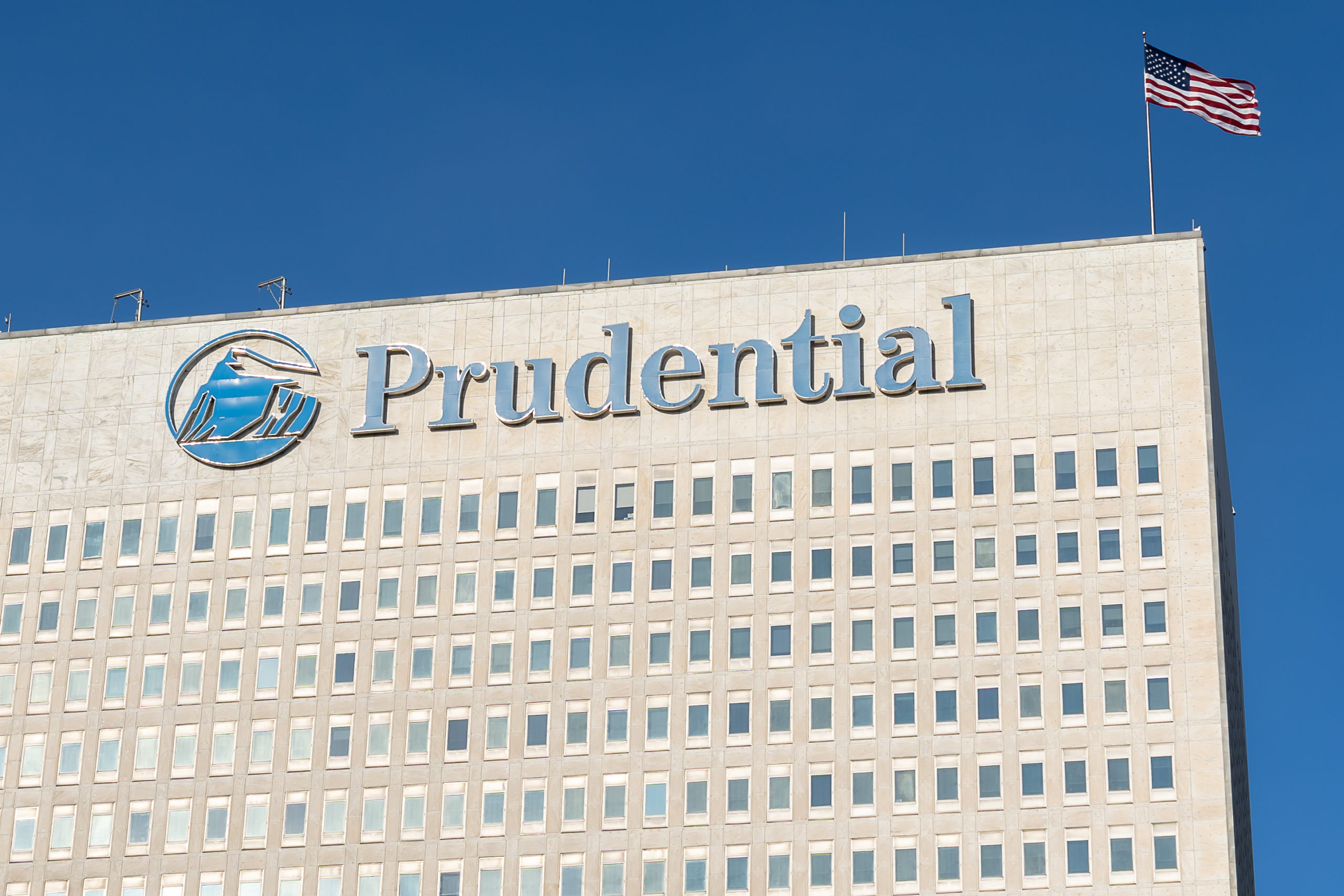Mark Twain purportedly said, “History doesn’t always repeat, but it often rhymes,” so it would make sense to look at what transpired in the equity markets the last time inflation was rearing its supposedly ugly head as it is today.
Indeed, Jerome H. Powell saw fit to invoke the name of Paul Volcker, Fed Chair from 1979 to 1986, in his speech last week from the Federal Reserve’s annual confab in Jackson Hole, Wyoming. Current Chair Powell, talking tough on inflation said, “the successful Volcker disinflation in the early 1980s followed multiple failed attempts to lower inflation over the previous 15 years. A lengthy period of very restrictive monetary policy was ultimately needed to stem the high inflation and start the process of getting inflation down to the low and stable levels that were the norm until the spring of last year. Our aim is to avoid that outcome by acting with resolve now.”
While we realize that conditions today are dramatically different than they were four decades ago, it is likely that many do not remember the turbulent Volcker period as being favorable for equities. However, favorable was not a strong enough word as fantastic was a far better description for what actually took place, given that Value stocks, as calculated by Professors Eugene F. Fama and Kenneth R. French, enjoyed returns of 24.7% PER ANNUM from the start of 1979 to the end of 1986.
And if we go back to the terrible inflationary period from 1965-1981, in which the Dow Jones Industrial Average on a price basis actually lost ground over a 16-year time span, the total return on Value stocks was a superb 13.39% PER YEAR. Obviously, stock picking mattered as the Large Company annualized return was only 5.95%, but those who look at those years usually forget that dividends were robust. Indeed, despite the index dropping from 969 to 875, the Dow’s total return during the period was 3.94% per annum.
Not surprisingly, I think those who share my long-term time horizon should be looking at stocks of companies that I perceive to be exceptionally undervalued. I have three in mind today.

THREE VALUE STOCK PICKS
Life insurers like Prudential Financial (PRU) ought to benefit from higher income from their investment portfolios, especially if the rise in interest rates is sustained over multiple years. Yes, PRU’s book value has taken a licking as the bonds on its books were revalued lower to adjust for higher interest rates, but inflation also stands to serve as a positive for life insurers as policies are written in nominal terms and are less likely to change over time (compared to other lines like property and casualty). PRU trades for 8 times anticipated 2023 profits and yields 5.0%.
Shares of Celanese (CE), a producer of specialty chemicals, trade for just 7 times earnings expected for 2023. The company has the advantage of a leading cost position in many of its markets, while its global reach also allows it to take advantage of price dislocations by moving product volumes from regions with lower prices to capture higher prices in others. Exposure to secular growth markets like electric vehicles and 5G through its Engineered Materials segment ought to propel demand longer term and position the company well to win from customer sustainability efforts. CE also sports a 2.5% dividend yield.
Shares of Bristol Myers Squibb (BMY) now trade for less than 9 times the 2023 consensus analyst EPS forecast after doubt over the trial results of an experimental blood thinner caused shares to shed about 10% over the past week or so. Bristol has a heritage of supporting its pipeline by bringing in partners to share the development costs and diversify the risks of clinical and regulatory failure, and the acquisition of Celgene in 2019 moves Bristol further into the specialty pharma segment. Recent FDA approval of respective cancer and heart failure drugs Opdualag and Camzyos, along with new approvals for current drug Opdivo, are solid strides to not just offset losses from multiple myeloma drug Revlimid, which has lost patent protection starting this year, but to continue to grow the top line. BMY boasts a 3.1% dividend yield.

Learn More:
This post was also published on John Buckingham’s Forbes contributor site.
We frequently publish investment-oriented content on our Blog and reach thousands of subscribers through our weekly Market Commentary and monthly Newsletter. Please click here for subscription information.
For more details about our wealth management and asset management services, kindly fill out this Contact Us form and we’ll reach out to you shortly.


